Temples Around Prambanan Temple, Yogyakarta, Indonesia
Indonesia is a country rich in cultural diversity, in addition to its many diverse cultures. Indonesia has a rich history that makes many of these historical relics included in the world heritage site (UNESCO). Among these various historical riches, Prambanan Temple is one of them. However, so far we are still often focused on Prambanan Temple as a tourist destination, even though there are still many temples around Prambanan Temple, Yogyakarta, Indonesia.
And that's right, Prambanan Temple is not the only thing that can be enjoyed when visiting Yogyakarta. There are so many other temples that can be an alternative when traveling to Yogyakarta.
Some Temples Around Prambanan Temple
There are several temples around Prambanan Temple, including:
1. Lumbung, Bubrah and Sewu Temples.
These three Buddhist temples are only in ruins, except for Sewu Temple which can still be enjoyed its beauty.
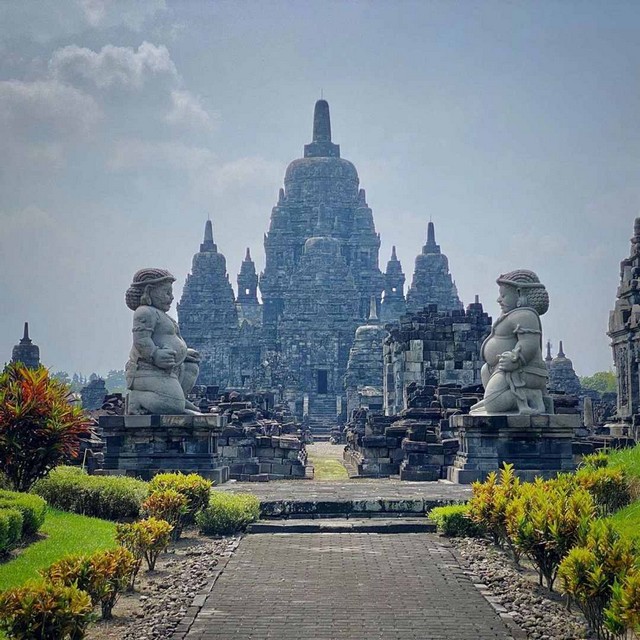 |
| Sewu Temple (Photo: @thetravelwitness) |
All of these temples are located in the Prambanan Temple Park complex.
2. Plaosan Temple
It is located about 1 kilometer to the east of Sewu Temple. The temple was built in the mid-9th century AD by Rakai Pikatan as a gift to his consort.
 |
| Plaosan Temple (Photo: Saran Shanmugam / Twitter) |
The Plaosan Lor (north) temple group consists of 2 main temples, 58 perwara, and 126 stupas. The Plaosan Kidul (south) temple group is only a temple.
The courtyard of this main temple is divided into 2, each on which stands a two-storied monastery. The upper level is for the residence of Buddhist priests and the lower level is for religious activities.
3. Sojiwan Temple
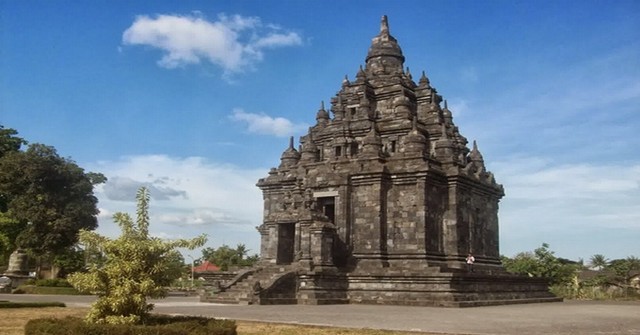 |
| Sojiwan Temple (Photo: krjogja) |
The location of the temple is more or less to the southeast of Prambanan Temple. Most of it is just ruins. At the foot of the temple are carved reliefs of animal stories containing philosophical values.
4. Boko Temple (Kraton Ratu Boko).
It is located about 3 kilometers to the south of Prambanan Temple, standing on top of Bukit Kidul which is a continuation of the Thousand Mountains with natural and beautiful scenery around it.
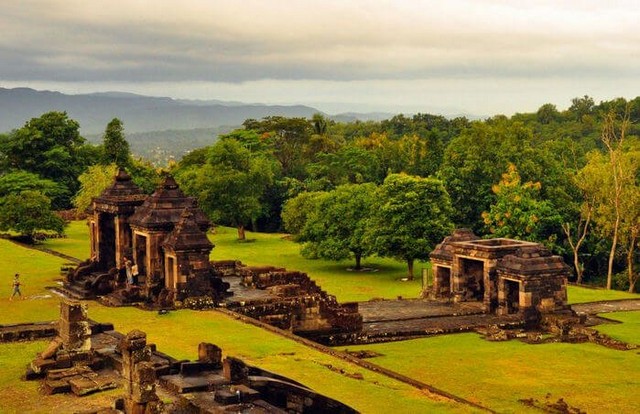 |
| Boko Temple (Photo: starjogja.com) |
This building is very unique, different from other buildings, and more impressive than a palace (palace).
Also, read: Ijo Temple, A Place with The Best Sunset in Yogyakarta.
It is estimated that Balaputera Dewa of the Buddhist Syailendra Dynasty founded it in the mid-9th century AD as a strategic defensive fortress against Rakai Pikatan. In fact, according to legend, this is where the palace of Ratu Boko, Loro Jonggrang's father, is located.
5. Banyunibo Temple
This temple is located about 200 meters to the southeast of Boko Temple, standing on top of a valley.
"Banyu" means water, and "nibo" means dripping fall.
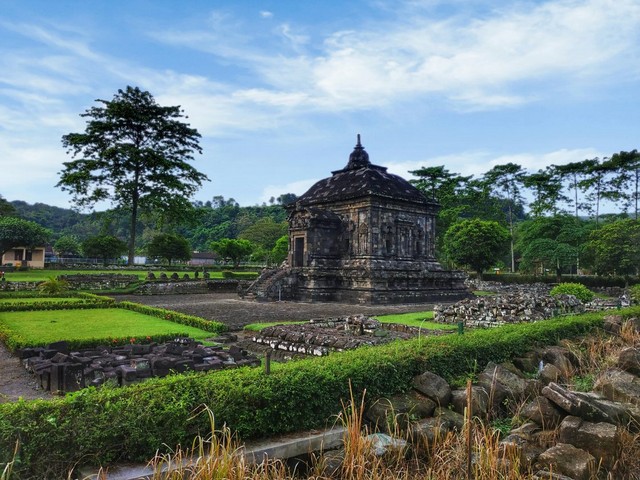 |
| Banyunibo Temple (Photo: Google Maps @Nining Hidayanti) |
Both have poetic meanings for the Javanese community. This Buddhist temple was founded in the 9th century AD.
Bodhisattva statues are carved on the outer wall. This wall is very beautifully decorated. The Buddhist monastery built around the 8th century AD is located on the left side of the Yogya-Solo Highway, entering about 500 meters to the north. The building with a length of 17.32 meters and a width of 10 meters is only part of the collection of temples that have been lost.
6. Kalasan Temple
The oldest Buddhist relic in the Special Region of Yogyakarta and Central Java is Kalasan Temple.
This temple is located on the right side of Jalan Raya Yogyakarta-Solo kilometer 13, entering several tens of meters to the south.
 |
| Kalasan Temple (Photo: Instagram@diditdees/@ini.sleman) |
This temple was founded by Panangkaran, the second king of the Ancient Mataram Kingdom in the 8th century AD as an offering to the goddess Tara.
The arch "Kala-Makara" with Kahyangan decoration on it is carved above the entrance so beautifully, The beauty of the decoration and reliefs is due to the use of a type of ancient cement "bajralepa", this temple is considered the jewel of Central Javanese art.
7. Sambisari Temple
This temple is located 5.5 kilometers from Prambanan Temple to the west and about 2.5 kilometers to the north from the Yogyakarta-Solo Highway. After being buried for centuries due to the eruption of Mount Merapi, in July 1966 it was rediscovered by chance by a farmer who was working on his rice field.
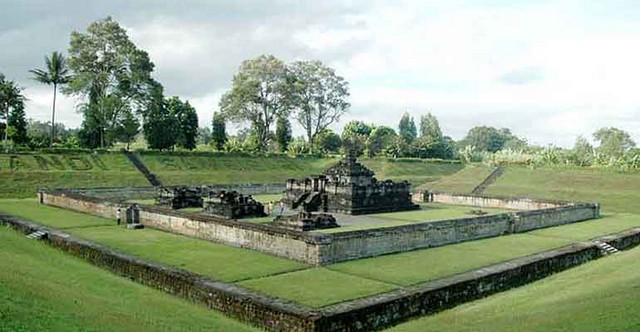 |
| Sambisari Temple (Photo: kalasan.slemankab.go.id) |
In 1986 after completion, it was restored. Its uniqueness lies at 6.5 meters below ground level and has no actual temple legs.
This building consists of a main temple and 3 Perwara temples that have neither body nor legs.
On the outer sides of the walls of the main temple, there are niches containing statues, including Durga, Ganesha, and Shiva Mahaguru.
Inside the room are Linga and Yoni, two aspects of Shiva. The unity of both symbolizes totality and fertility. This Hindu temple is estimated to have started standing between around 813-838 AD.
8. Sari Temple
"Sari" means beautiful, hence according to its slim shape. Perhaps because of its eye-catching beauty, it was so named.
 |
| Sari Temple (Photo: instagram.com/p/CJOAHMYrdOT/) |
The top of the roof is decorated with 9 stupas.
That's a little information about "Temples around Prambanan Temple, Yogyakarta, Indonesia". Hopefully useful and a reference for those of you who want to enjoy tourism in Yogyakarta.

0 Response to "Temples Around Prambanan Temple, Yogyakarta, Indonesia"
Post a Comment